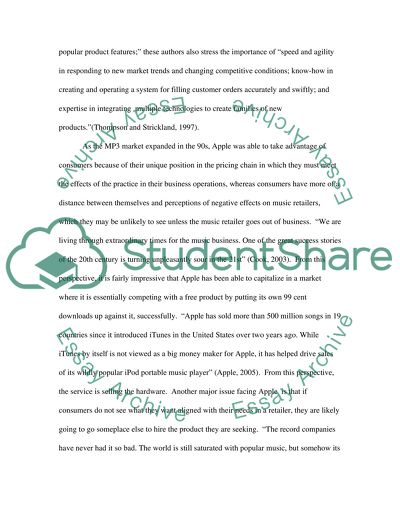Cite this document
(“The success of Apple with the application of Porter's strategy theory Essay”, n.d.)
Retrieved from https://studentshare.org/environmental-studies/1405064-the-success-of-apple-with-the-application-of
Retrieved from https://studentshare.org/environmental-studies/1405064-the-success-of-apple-with-the-application-of
(The Success of Apple With the Application of Porter'S Strategy Theory Essay)
https://studentshare.org/environmental-studies/1405064-the-success-of-apple-with-the-application-of.
https://studentshare.org/environmental-studies/1405064-the-success-of-apple-with-the-application-of.
“The Success of Apple With the Application of Porter'S Strategy Theory Essay”, n.d. https://studentshare.org/environmental-studies/1405064-the-success-of-apple-with-the-application-of.


